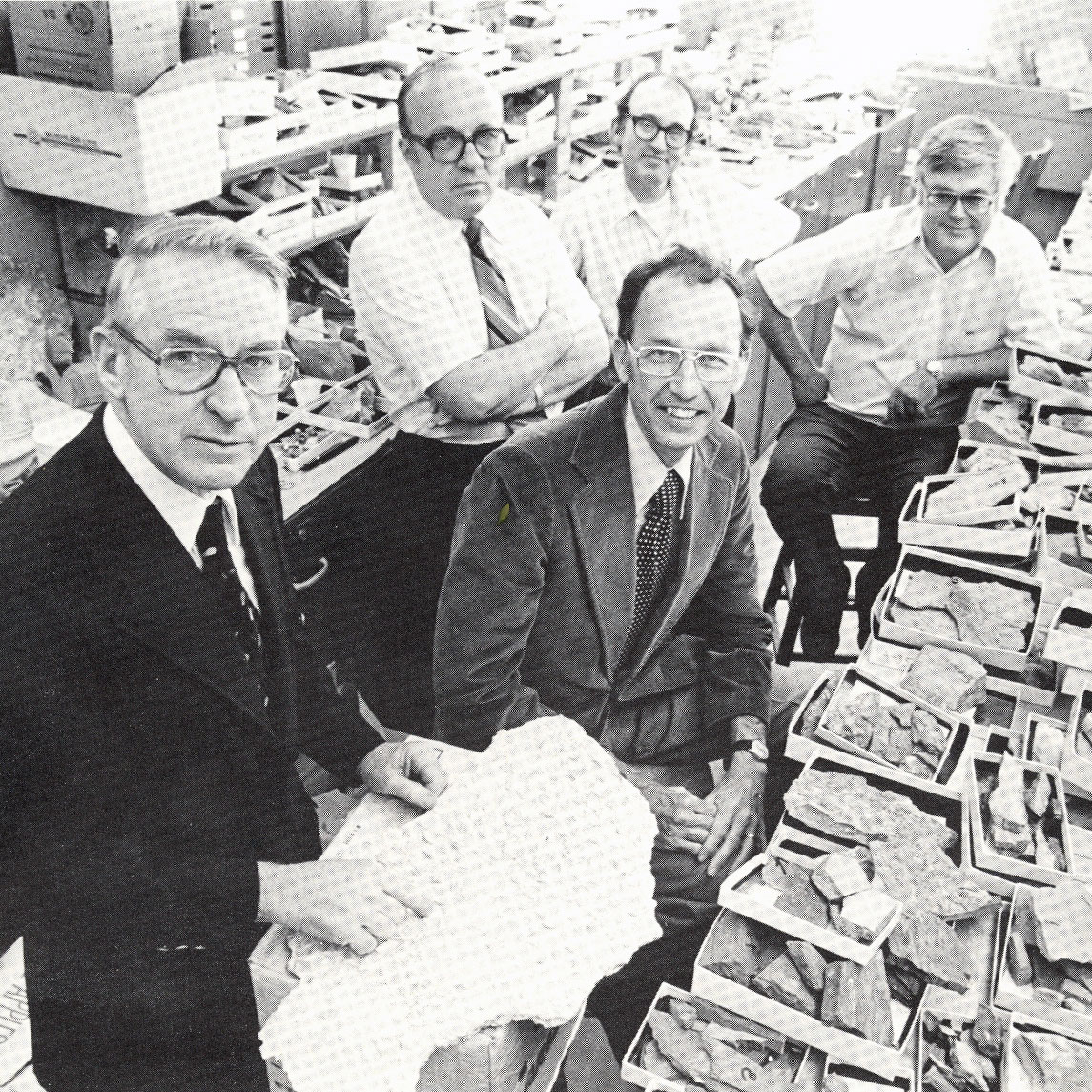The 1.3 million fossils collected in the field over the past two centuries and now housed in the IU Paleontology Collection provide new sources of data to address these questions through geochemical analysis, micro-CT scanning, 3D visualization, biochemical and molecular analysis, and paleoinformatics. While field collecting will continue as the underpinning of paleontological research, today's questions require more data that a single research group can recover themselves. Global scale data are only available by harvesting from existing paleontological collections. Today's research depends so heavily on collections like ours that the Future Directions taskforce ranked "Database and Museum Collection Development and Integration" as one of its five top priorities for funding.
The Department of Earth and Atmospheric Sciences is poised for 21st Century geobiological research thanks to the IU Paleontology Collection. The more than 1.3 million specimens from thousands of stratigraphic sections across the continent (and around the world) represent a century and a half of collecting, preparation, and alpha-level analysis that would be impossible to assemble today. The Collection provides a foundation for 21st Century research in high-resolution biostratigraphy, paleoecology, climate change biology, evolutionary morphology, and paleoinformatics. The Collection also underpins field-based research in paleontology, indeed its facilities are required to obtain federal funding for such research and to obtain permits to collect vertebrate fossils from federal lands. As such, the Collection is a companion resource to the Judson Mead Geological Field Station.
Recent funding for the IU collection has come from the US National Science Foundation (DBI-0846697) under the American Recovery and Reinvestment Act of 2009, the Department of Geological Sciences, and the College of Arts and Sciences. Since 2009, major advances have been made with these funds to revitalize, inventory, and rehouse the collection.


